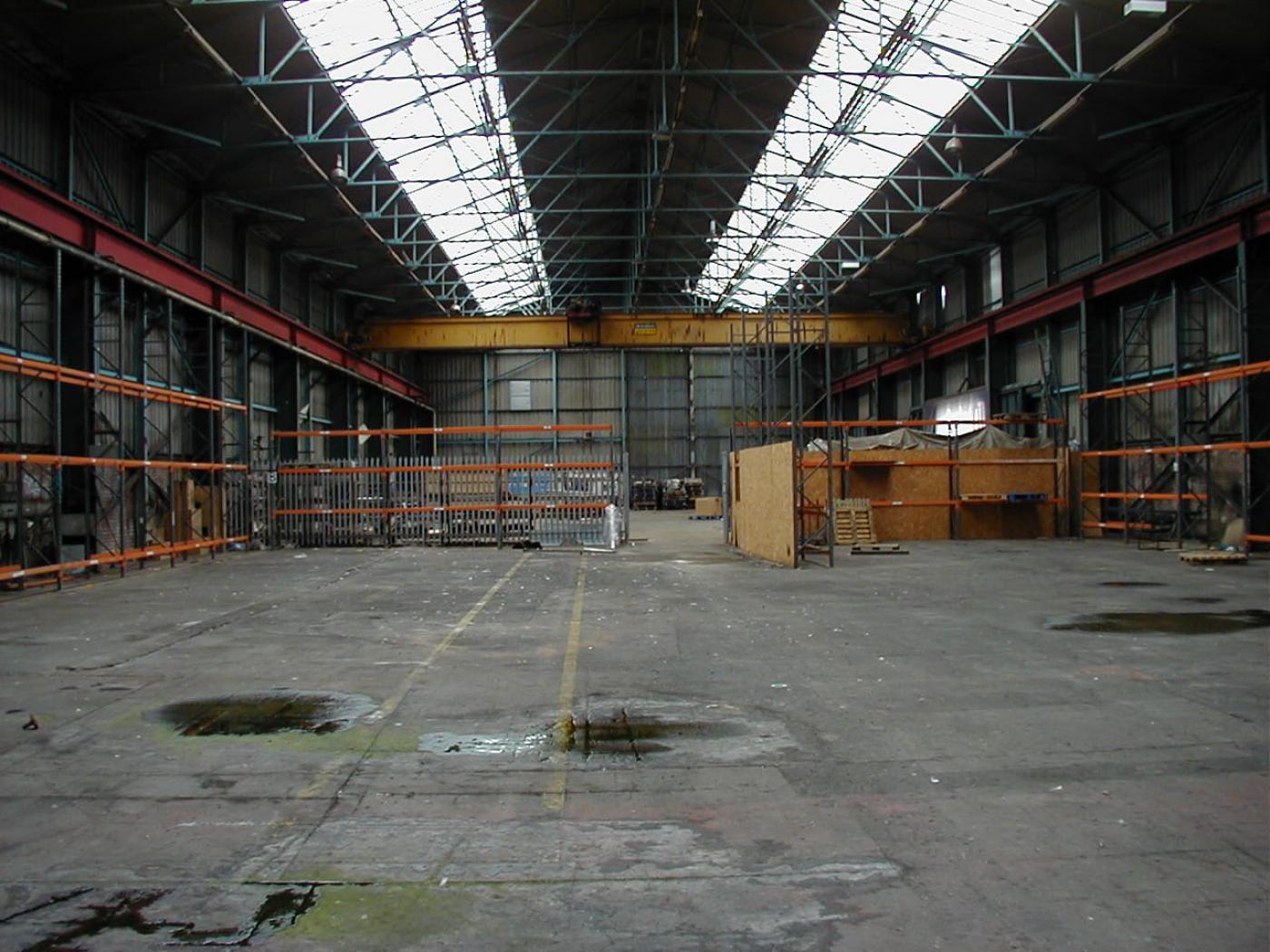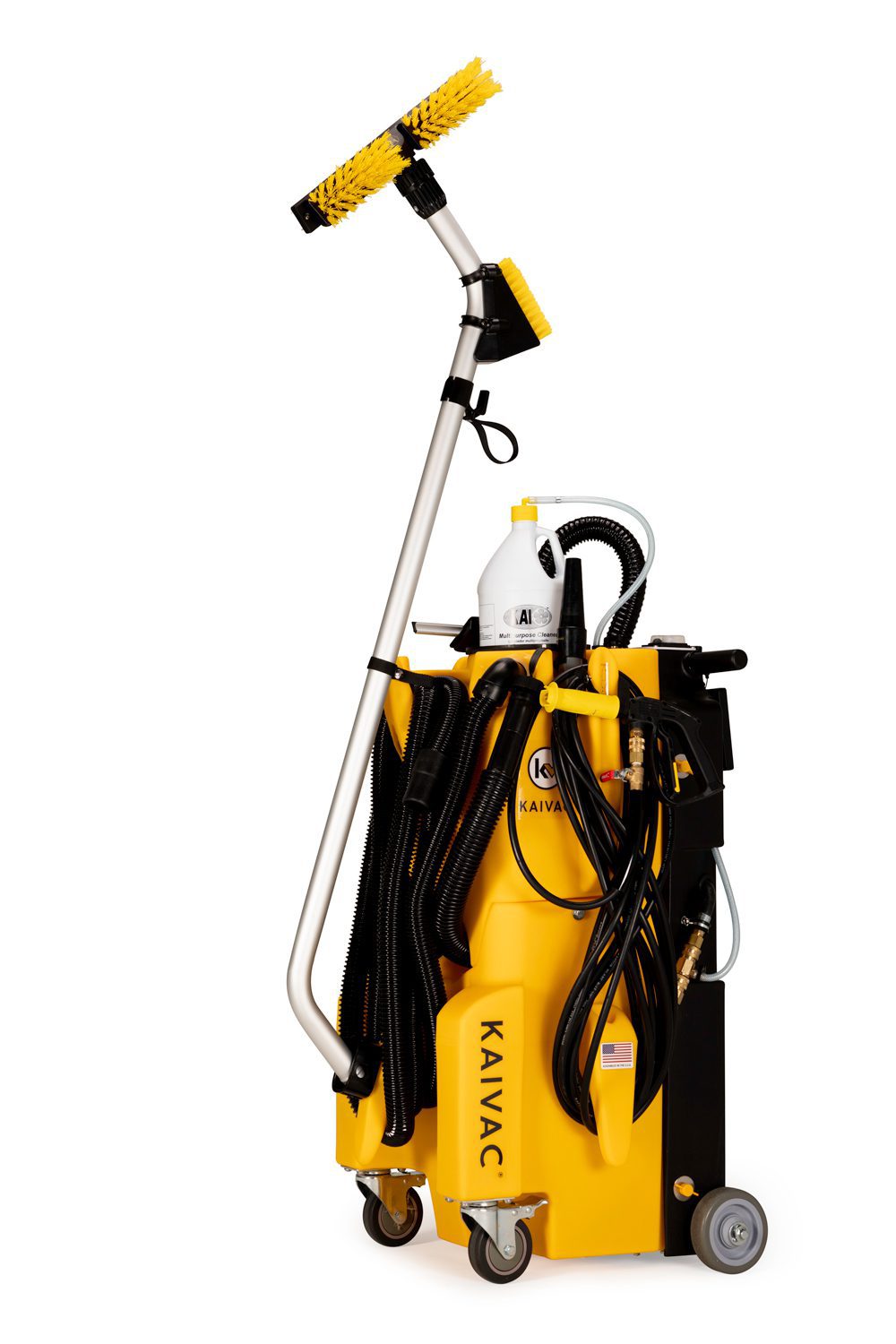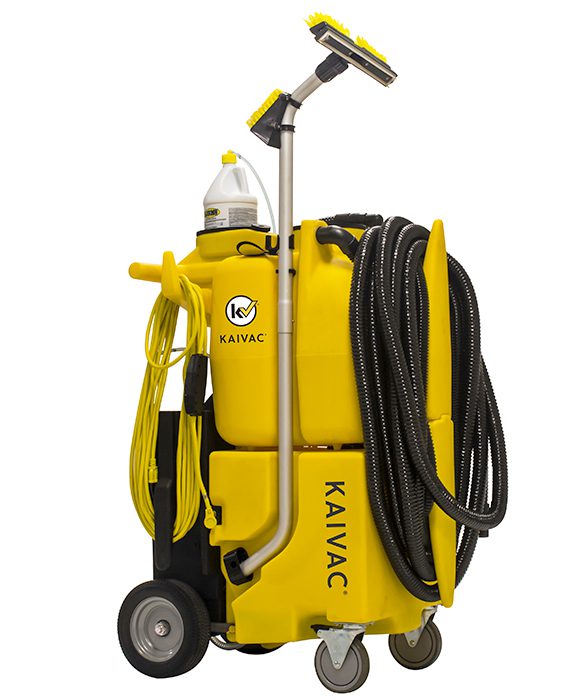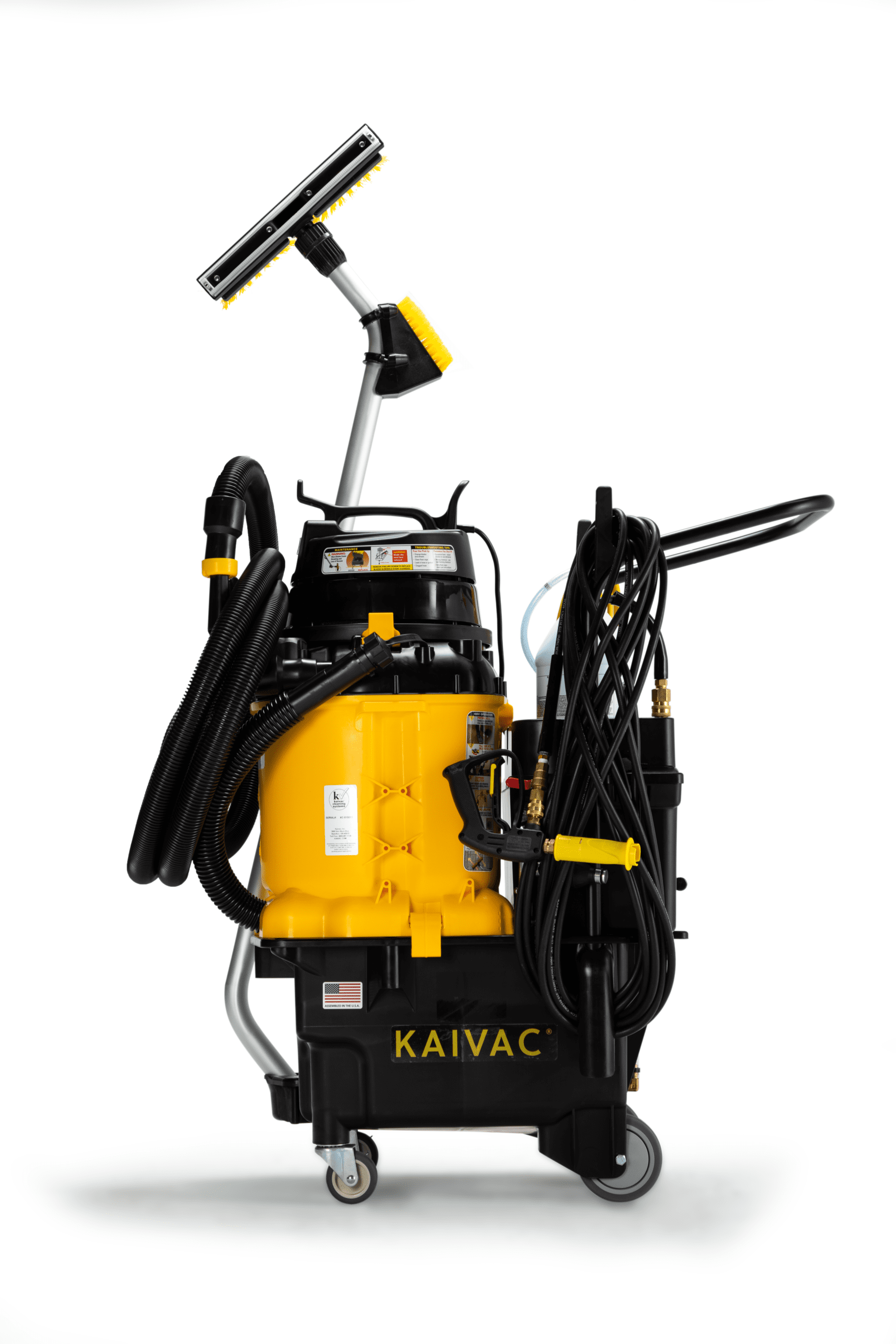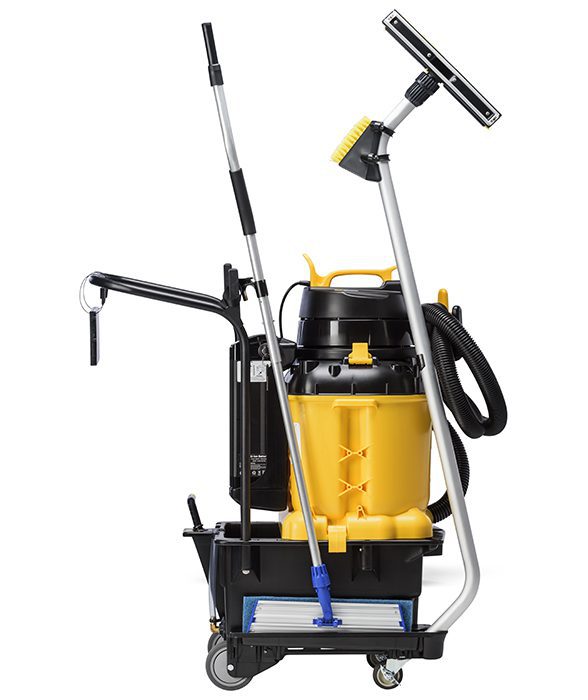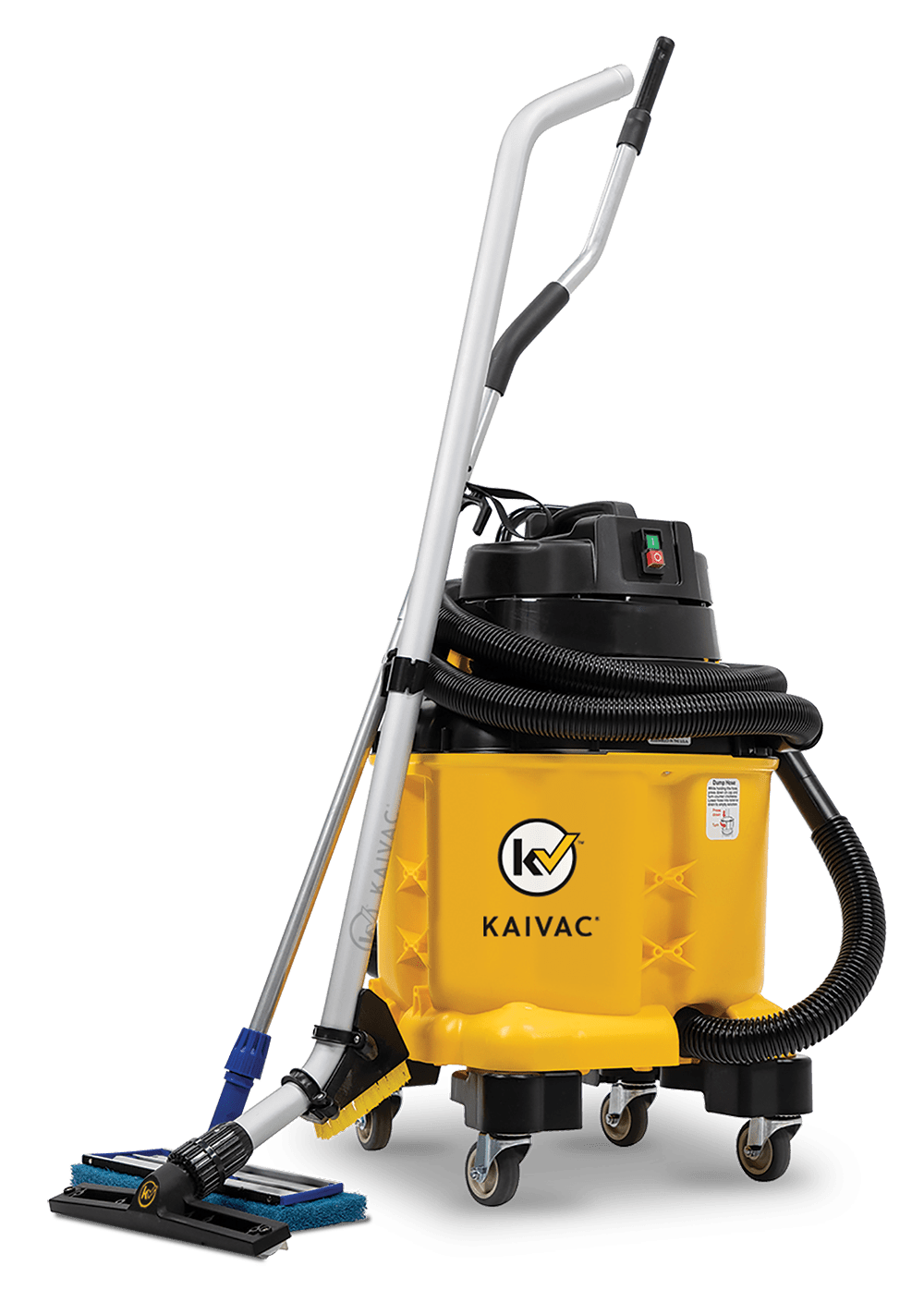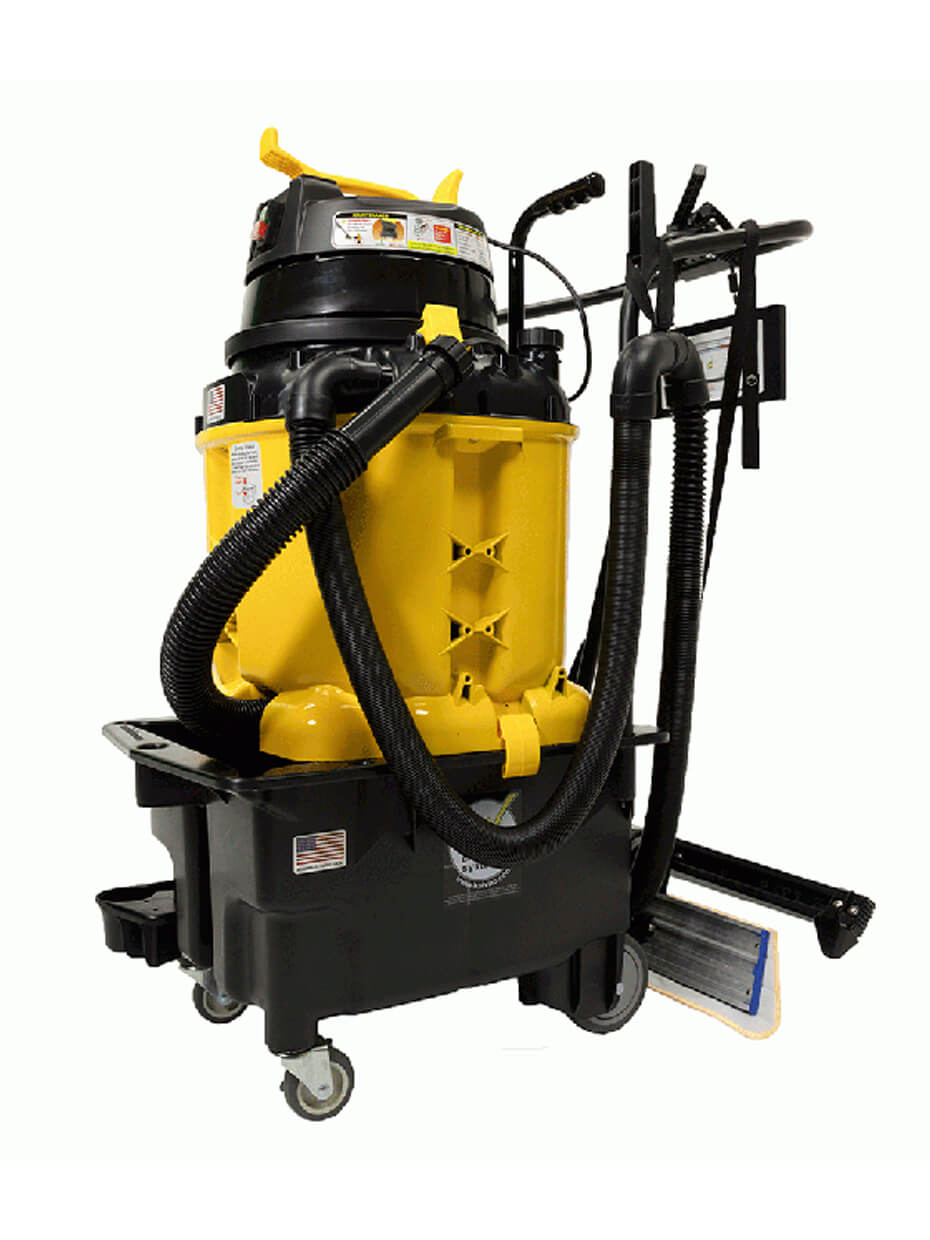Dirty, dusty spaces can slow lines, harm workers, and effect the bottom line. This makes cleaning warehouse floors a key goal for operations.
As far as building types go, warehouses, also known as distribution or fulfillment centers, are pretty low on the “sexy” list. Unapologetically utilitarian, these back-of-house spaces prioritize efficiency not curb appeal. Often 24-hour operations, these big box hives buzz with activity. With moving inventory, workers, and heavy equipment, things get dirty.
While customers rarely see these spaces, an orderly, well-maintained warehouse fills a logistics manager’s heart with joy. Conversely, dirty, unkempt spaces can slow lines, harm workers and effect the bottom line. This makes cleaning warehouse floors an integral part of operations.
Big and Getting Bigger and Dirtier
The sheer size of the average distribution center makes cleaning warehouse floors complicated. Historically less than 10,000 square feet, today 27% of warehouses span between 25,000 and 50,000 square feet with 37% greater than 100,000 square feet, according to Cisco-Eagle.com. Amazon owns and operates the granddaddies of all fulfillment centers, and they are colossal. One Baltimore facility clocks in in at one million square feet, or 23 acres. A newer one in New Jersey is 1.2 million.
Cleaning Warehouse Floors Without Sweeping First
Chosen for durability, most warehouses use polished or coated concrete floors, although some specialized spaces may have epoxy, or anti-static floors. Either way, they are easy to maintain, as long as proper procedure is followed. Richard Bodo, director of training for Karcher North America, cringes when employees don’t follow that protocol, as reported in Modern Materials Handling Magazine. “In a warehouse or distribution center 80% of soils…are dry particulate soils,” he says in the article.
First, sweep up dust, sand and grit. Otherwise, they may embed in cleaning machinery like an autoscrubber and “turn it into one large sanding disc.” Additionally, remove larger debris like loose nails, screws, or wood chipped off of pallets before daily or weekly cleaning. Of course, remove any spills and leaks from forklifts or other machinery, or they will create a slip and fall hazard.
Choose Simple to Use, Time Saving Equipment
Whether it’s part of regular employees’ duties or delegated to a cleaning staff, floor maintenance machinery should be easy to use. Considering the 24-hour aspect of the operation, anything that saves time and steps is an added bonus. An autoscrubber might seem like the obvious choice. However, remember to purchase either a direct throw or overthrow sweeper machine as well, which adds to the cost.
Better yet, consider combining the two with a battery-powered AutoVac instead. This technology cleans as well and as fast as an autoscrubber and can easily be converted to pick up spills, extract grease and even clean rubber comfort mats.
Click here for more tips on cleaning warehouse floors.
